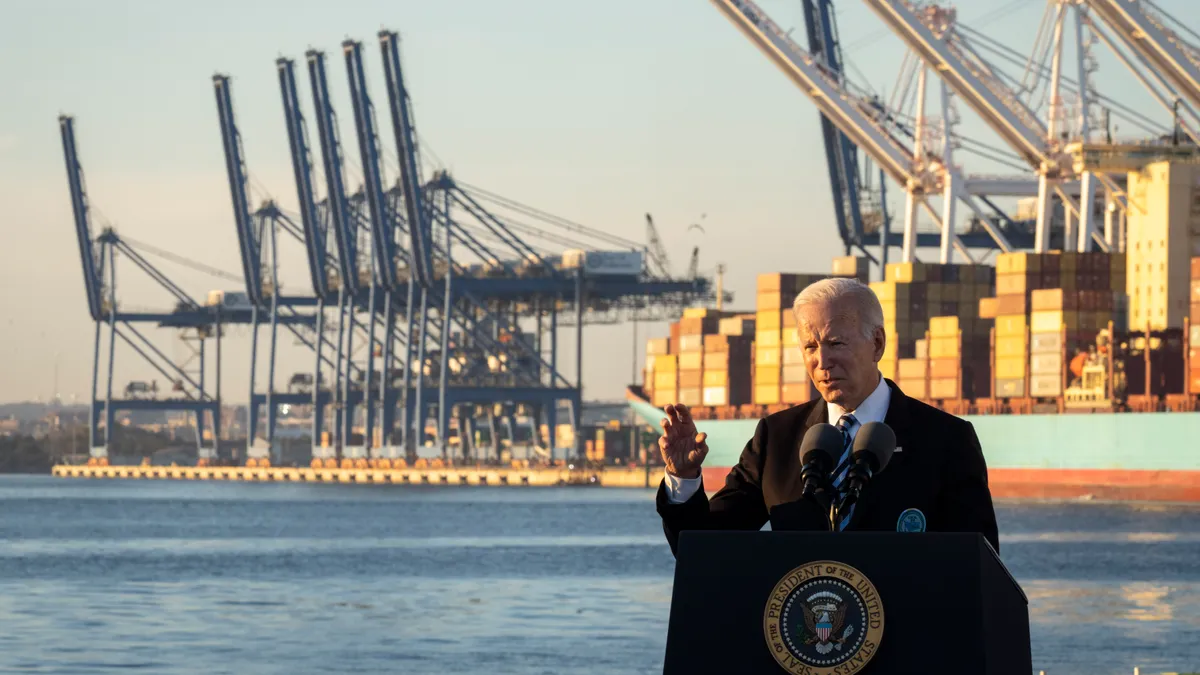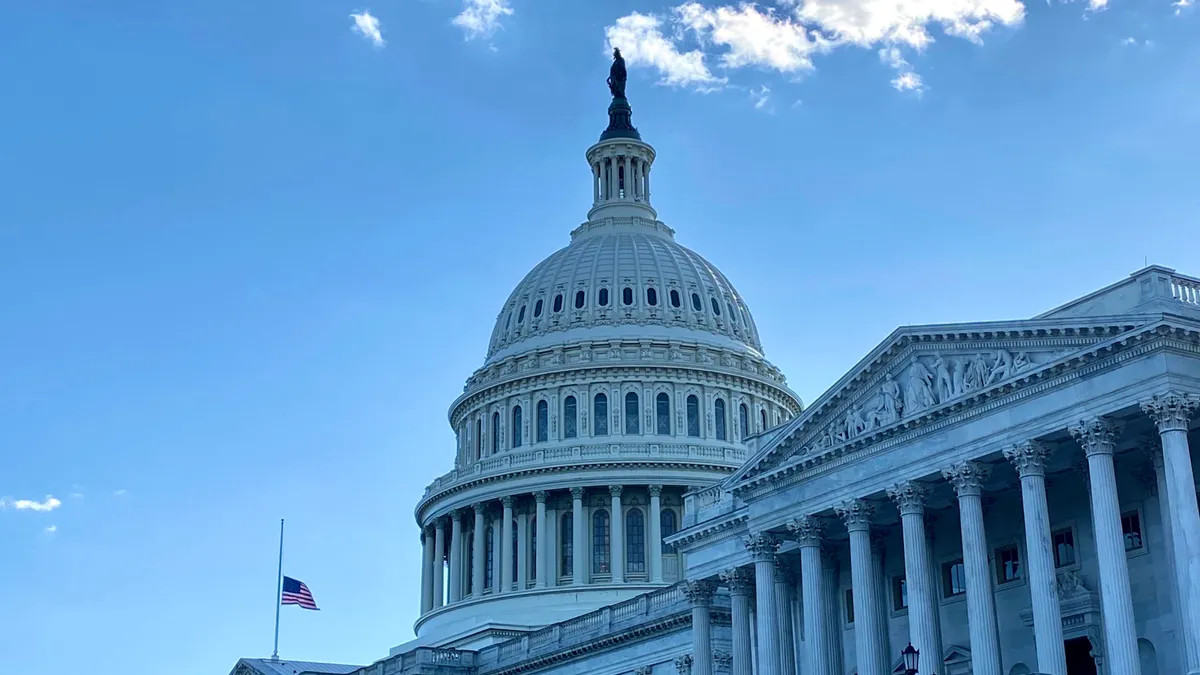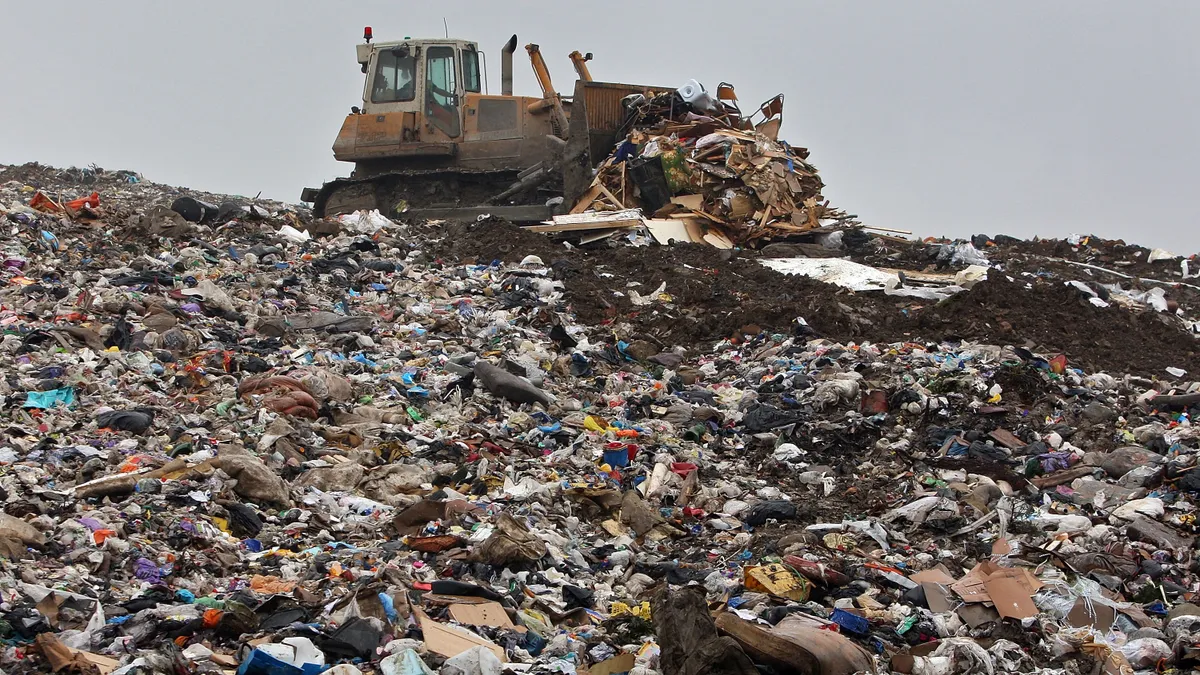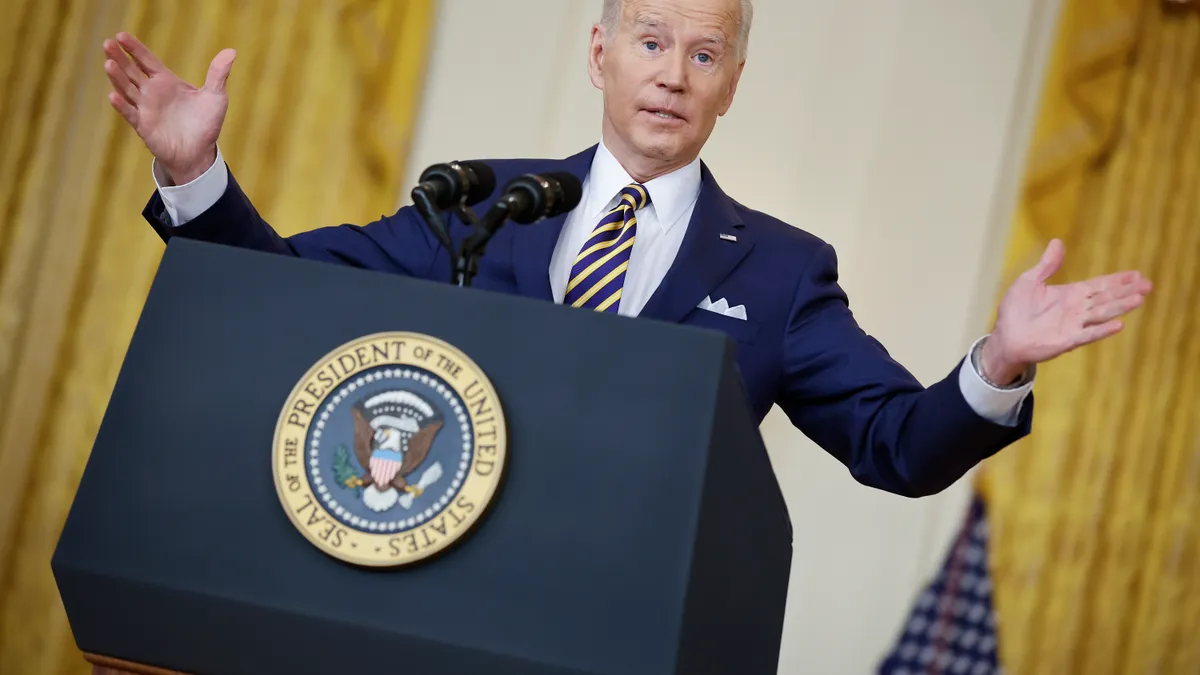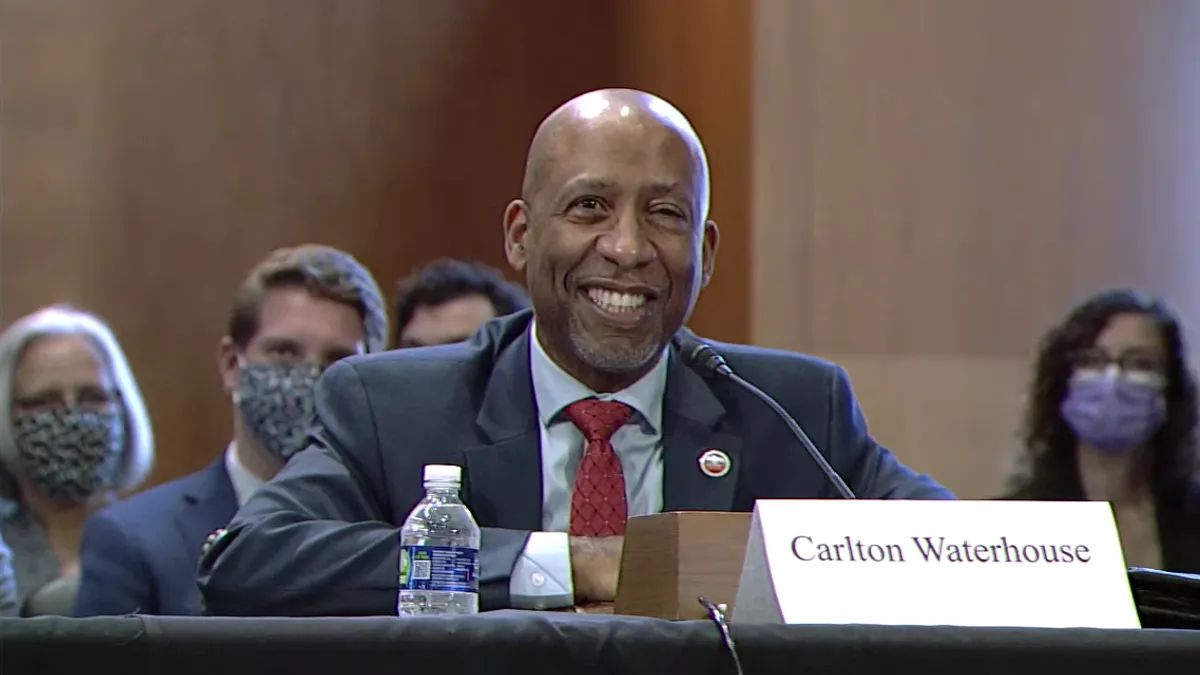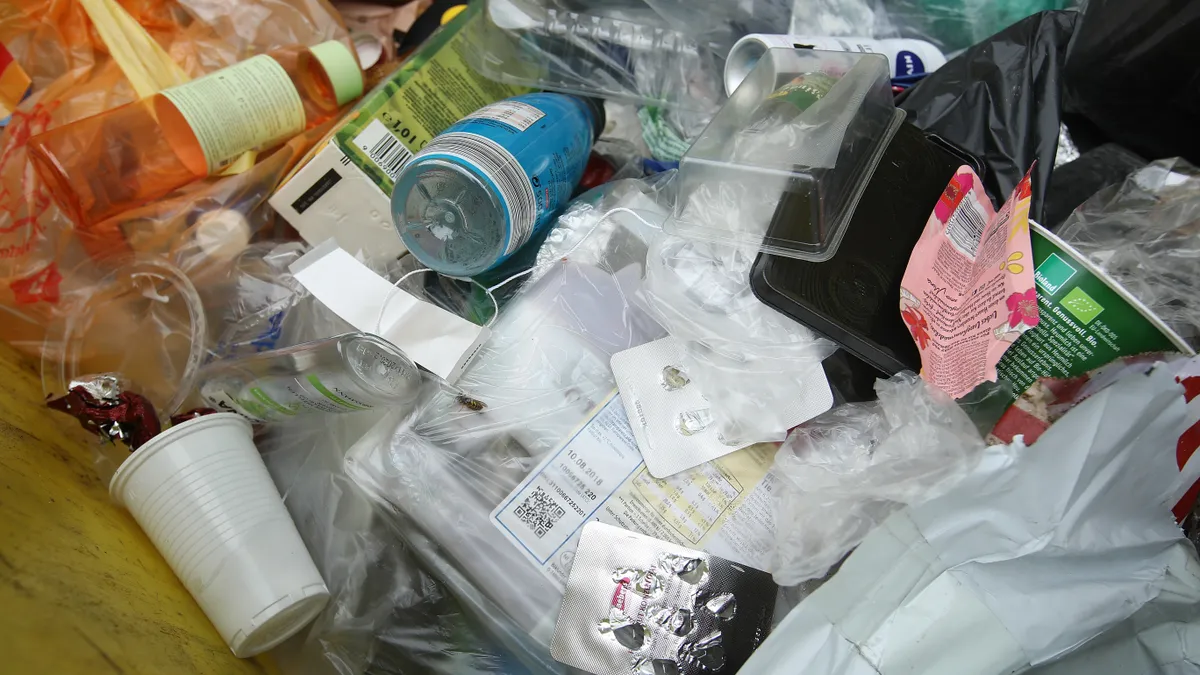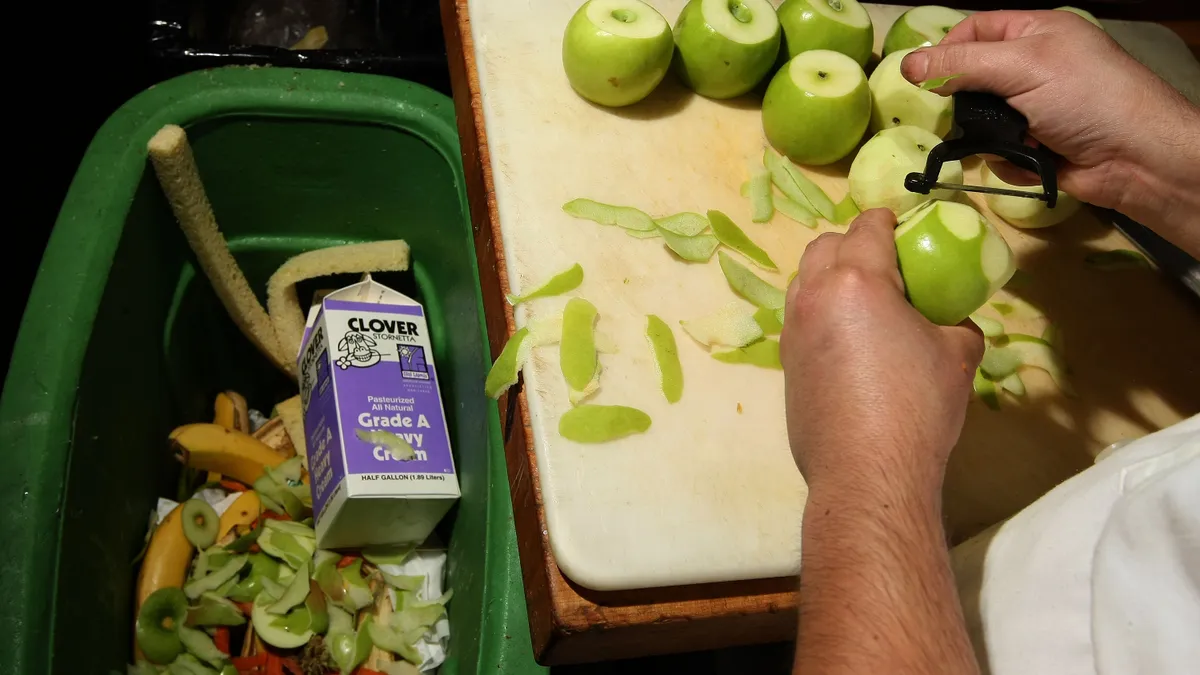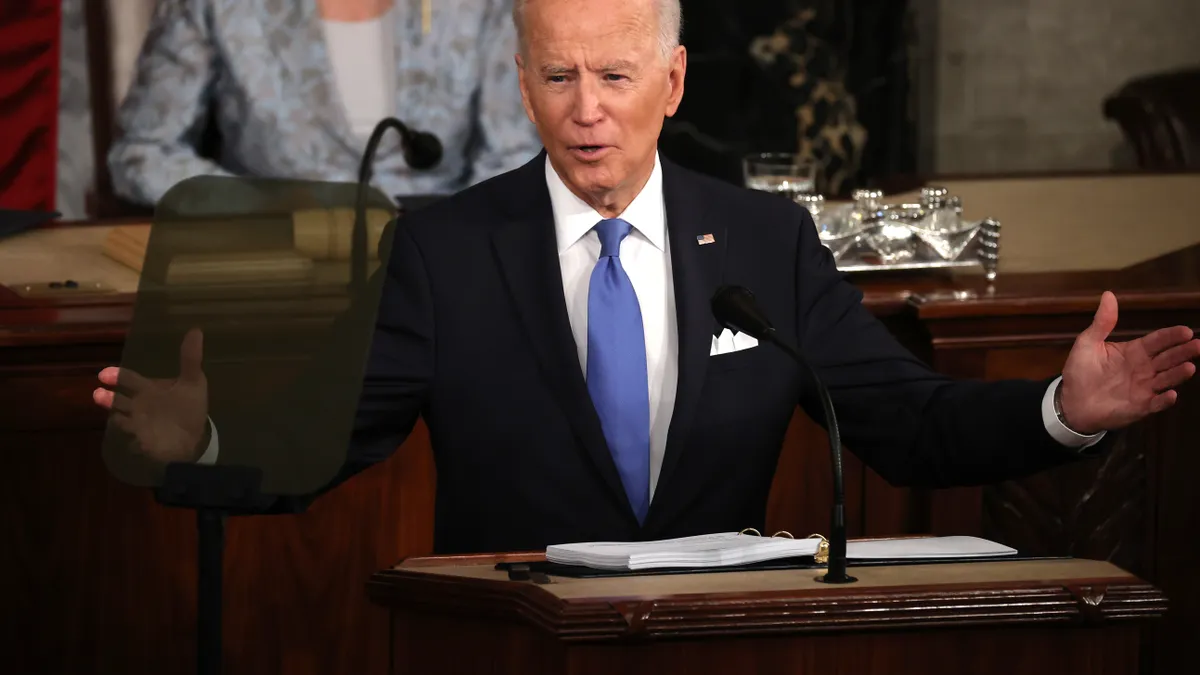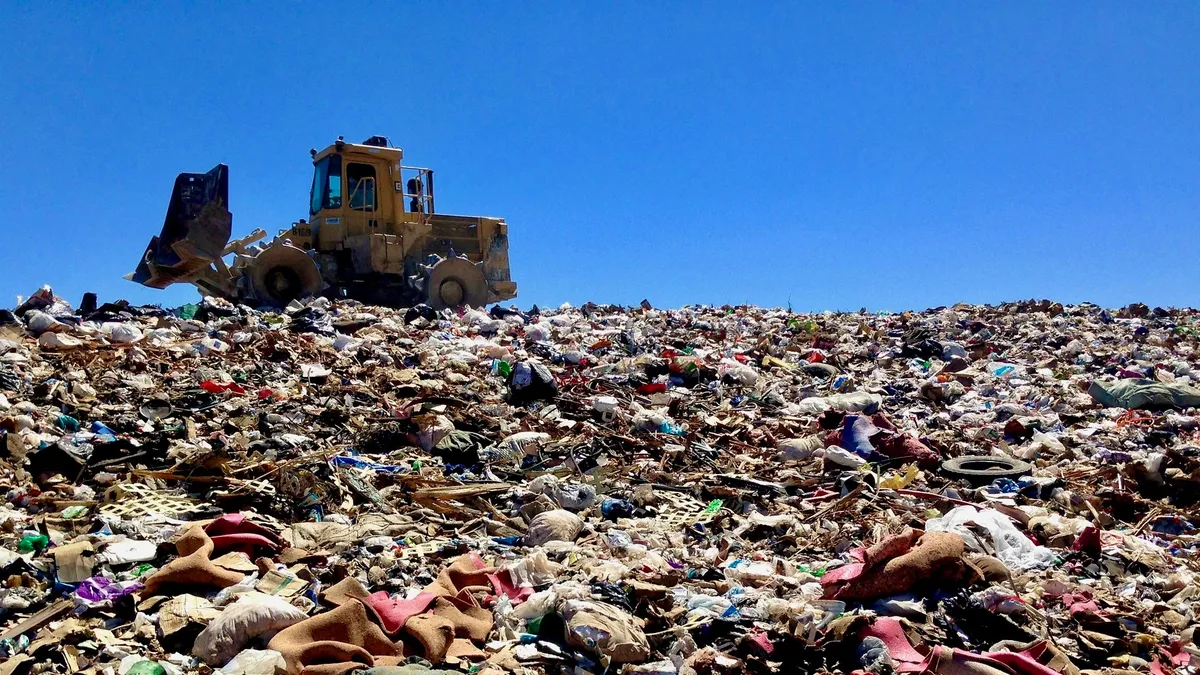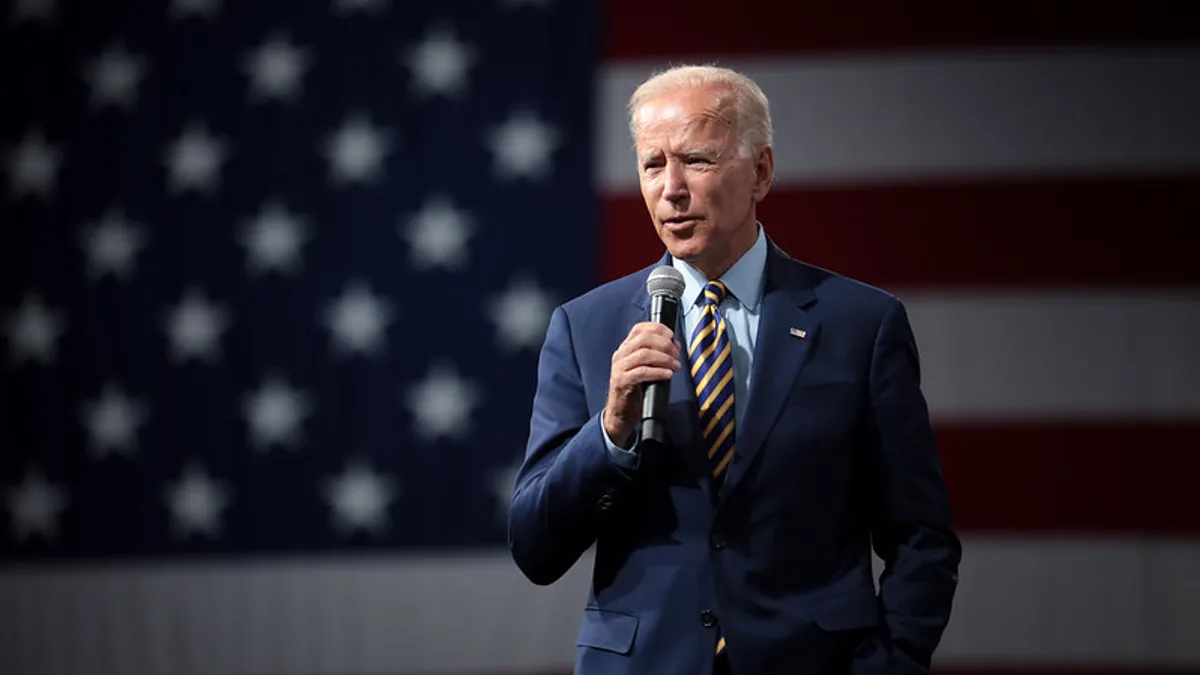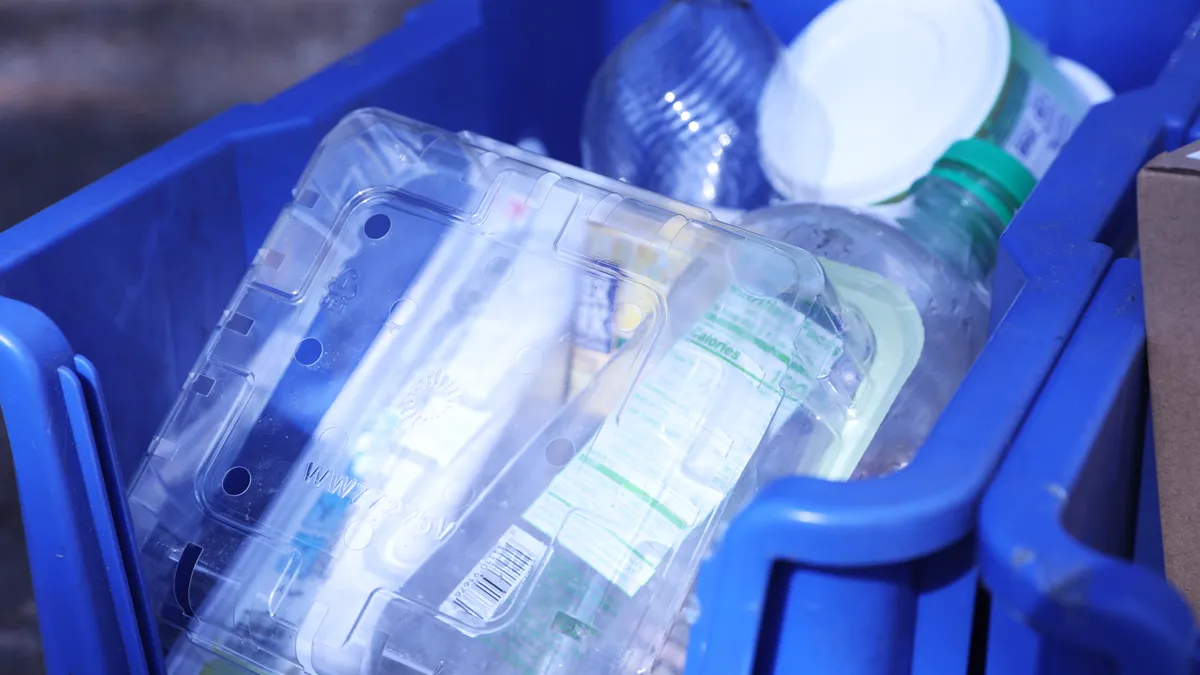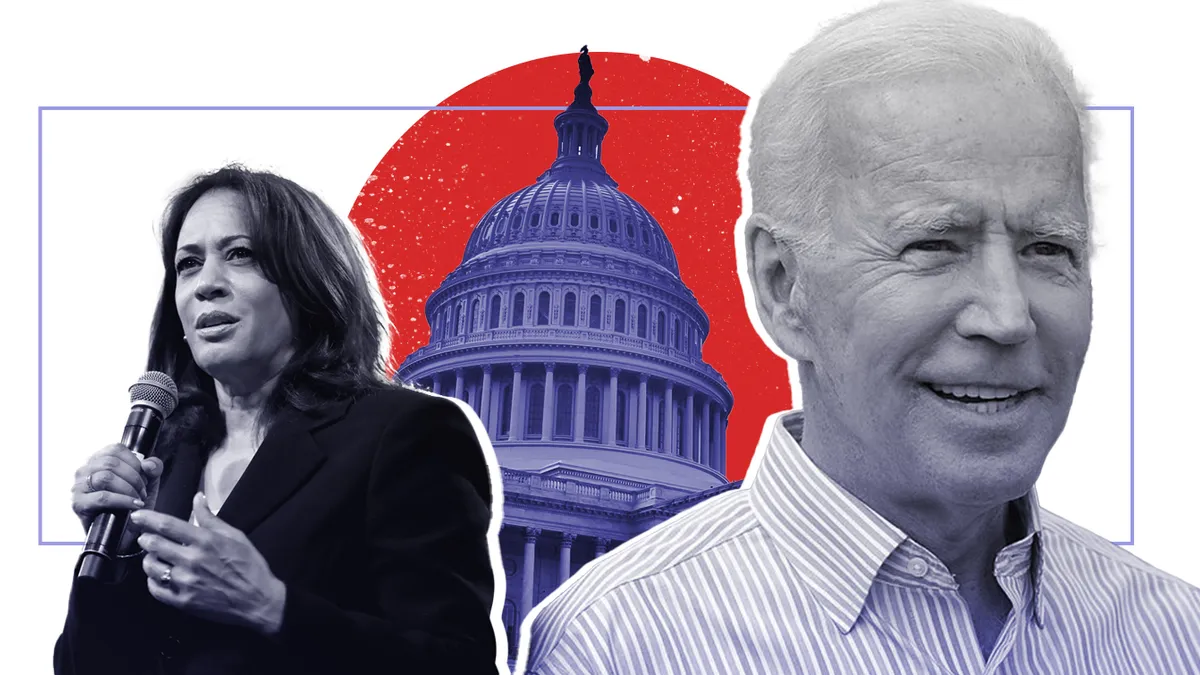UPDATE: November 15, 2021: President Joe Biden signed the $1.2 trillion Infrastructure Investment and Jobs Act into law on Monday afternoon during a bipartisan event.
November 11: President Joe Biden is expected to sign the Infrastructure Investment and Jobs Act on Monday, but recycling industry stakeholders say it could be several years before funding from any of its recycling-related provisions takes full effect.
The infrastructure bill offers $275 million in grants outlined in the Save Our Seas 2.0 Act, a bill that was seen as a recycling success story when it passed in 2020 but did not come with funding attached at the time. Key supporters such as the Ocean Conservancy say that funding may not become available until late 2022 or beyond.
Recycling and waste groups say other infrastructure bill-related funding for recycling education grants could be “years” away. Advocacy groups are particularly focused on the infrastructure bill’s inclusion of the RECYCLE Act, which aims to improve residential recycling by authorizing up to $15 million per year in recycling education grants over five years, through 2026.
Stakeholders have long said the bill’s funding for recycling projects shows the Biden administration recognizes recycling as critical to national infrastructure, but they say the true litmus test will be in how successfully the EPA actually rolls out the grant programs the bill promises.
Dylan de Thomas, vice president of external affairs at The Recycling Partnership, said recyclers are eagerly thinking of how best to spend the grant funding, but it could be “years, not weeks or months” before those dollars are released to eligible recipients. “It's very exciting to see those types of dollars coming from the federal government for support for recycling programs, but they're really just a drop in a bucket, and [implementation] still is definitely far away,” he said during a panel discussion at the National Recycling Congress last Wednesday, ahead of the news that the House passed the bill on Friday.
Under the RECYCLE Act provisions of the infrastructure bill, the EPA must develop a toolkit with suggestions for reducing contamination and increasing recycling participation. Recycling groups such as the Institute of Scrap Recycling Industries, which helped write the RECYCLE Act, said it hopes the EPA will seek its guidance when drafting the document, as well as guidance from other key groups, such as Keep America Beautiful, The Recycling Partnership and others.
“The success will be whether EPA can enable these and other groups to work their magic, which is why [the groups] were established,” said Billy Johnson, ISRI’s chief lobbyist. “Implementation is going to have to be more than some PSAs from EPA. It’s going to have to be local and specific as well as nimble — all the things EPA isn’t. EPA’s role is more of the conductor or facilitator,” he said.
The EPA has not responded to a request for comment on the agency’s next steps for implementing the RECYCLE Act or other infrastructure bill provisions. Keep America Beautiful and other groups have said they look forward to working with EPA and other stakeholders “to leverage the planned investments in recycling infrastructure and education,” said Randy Hartmann, Keep America Beautiful’s senior director of affiliate operations, in an email.
Hartmann hailed the infrastructure bill as “a real opportunity to develop consistent recycling messaging and increase the nation’s recycling rate” and said that recyclers’ expertise would help the agency achieve the national recycling strategy the EPA is expected to release on Nov. 15 as part of America Recycles Day.
Stakeholders say the infrastructure bill finally delivers on funding promised a year ago when then-President Donald Trump signed the Save Our Seas 2.0 Act, a bill meant to remove plastic waste in the environment through clean-ups and investments in plastic recycling infrastructure. The EPA also recently created the new $10 million Solid Waste Infrastructure for Recycling (SWIFR) pilot grant program, also as a result of the Save Our Seas 2.0 Act.
The infrastructure bill provides $55 million each year from 2022 through 2026 for Save Our Seas 2.0 grants for projects like municipal recycling program improvements and upgrades to local waste management systems. The bill requires grant applicants to describe how projects would “result in the generation of less plastic waste” and support disadvantaged communities.
The Ocean Conservancy, which was involved in the bill’s passage and continues to work with the EPA on implementation, applauded the Save Our Seas 2.0 funding infusion.
“From our conversations with EPA staff, they have been working hard to prepare to implement Save Our Seas 2.0,” said Kevin Allexon, the organization’s senior manager of government relations, but he predicted it would take time to set up the grants, which could push the first round of grantmaking from 2022 to 2023.
Jim Riley, senior vice president of government affairs for the National Waste & Recycling Association, said support for Save Our Seas 2.0 and the RECYCLE Act shows that more and more lawmakers see recycling and waste reduction as a bipartisan issue. That success could pave the way for more such legislation in the future, he said.
Waste haulers such as Waste Connections and Waste Management have said in recent earnings calls that the infrastructure bill could create more waste business opportunities not tied directly to the bill’s funding, in part because landfills could take on more waste generated from a boost in infrastructure-related projects.
NWRA also applauded the bill’s inclusion of a driver apprenticeship program for commercial driver's license holders under age 21, saying it will help address hard-to-fill vacant driver positions. The program would allow these younger drivers, normally allowed only to drive within a state until they turn 21, to drive interstate routes upon completion of the apprenticeship program.
Other recycling-related items in the infrastructure bill include numerous battery recycling provisions, including grants for research and development innovations and for constructing, retrofitting or expanding battery recycling facilities. It also calls on the EPA to more frequently review and revise its comprehensive procurement guidelines that give preference to products containing recycled materials.
David Biderman, CEO and executive director of the Solid Waste Association of North America, said the industry must also monitor action beyond the infrastructure bill that could make an even bigger impact on recycling and waste program funding. He noted that the draft Build Back Better Act includes about $200 million in EPA grants for waste reduction, organics infrastructure and recycling data collection. Biden has said he hopes to pass the reconciliation bill by the end of the year.
The waste and recycling industry is also keeping an eye on the Break Free From Plastic Pollution Act, which gained national attention when it was reintroduced in March because of its national bottle bill and extended producer responsibility (EPR) provisions.
Kate Bailey, policy and research director at Eco-Cycle, said during the NRC conference that the Break Free bill is “still a huge piece of legislation to watch” because it continues to gain support in both the House and Senate, and “a lot of work is being done to spin off some key elements from this larger bill into individual bills.”
Bottle bill proponents in August announced they were working with lawmakers to introduce a bill meant to create a nationwide container deposit program using language similar to the Break Free bill.
Caitlin Buchanan, a policy advisor for Sen. Jeff Merkley (a sponsor of the Break Free Bill), said other provisions are strong candidates to be introduced soon as their own freestanding bills, including an effort to get rid of the term “flushable” on wipes that clog drains and a provision addressing plastic pellet pollution.
Allexon said the Ocean Conservancy sees recycling and waste infrastructure as a critical piece of curbing litter, especially in oceans and other waterways. The organization continues to pressure the EPA, Congress and the Biden administration to consider “ambitious policy options” to reduce waste beyond the grant funding in the infrastructure bill, including national EPR policies and deposit return systems, as well as nationwide recycled content standards.
“The infrastructure bill is a nice step forward but not the silver bullet solution,” he said. “The conversation now needs to turn to options that will help us change our relationship as a society with plastic.”



